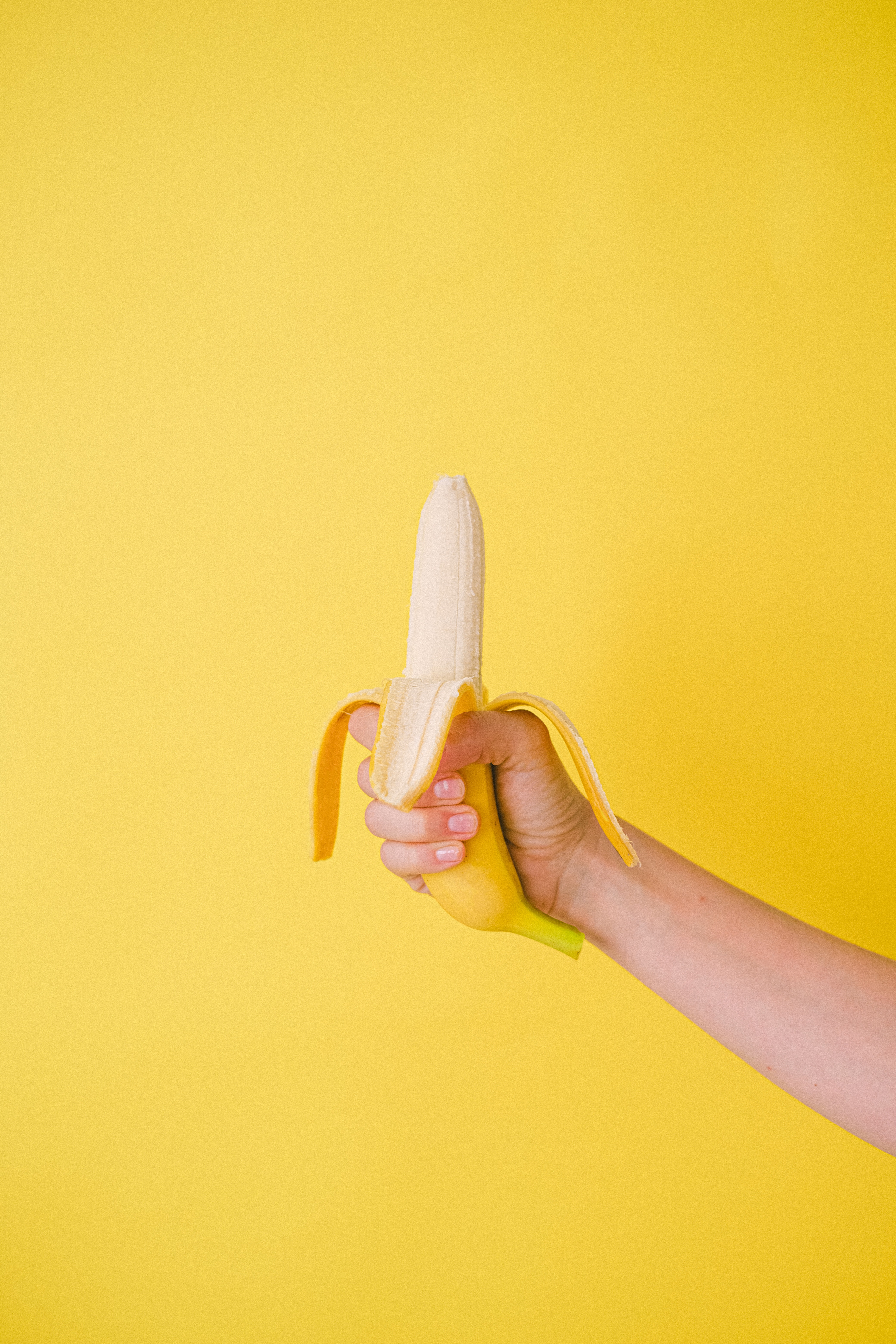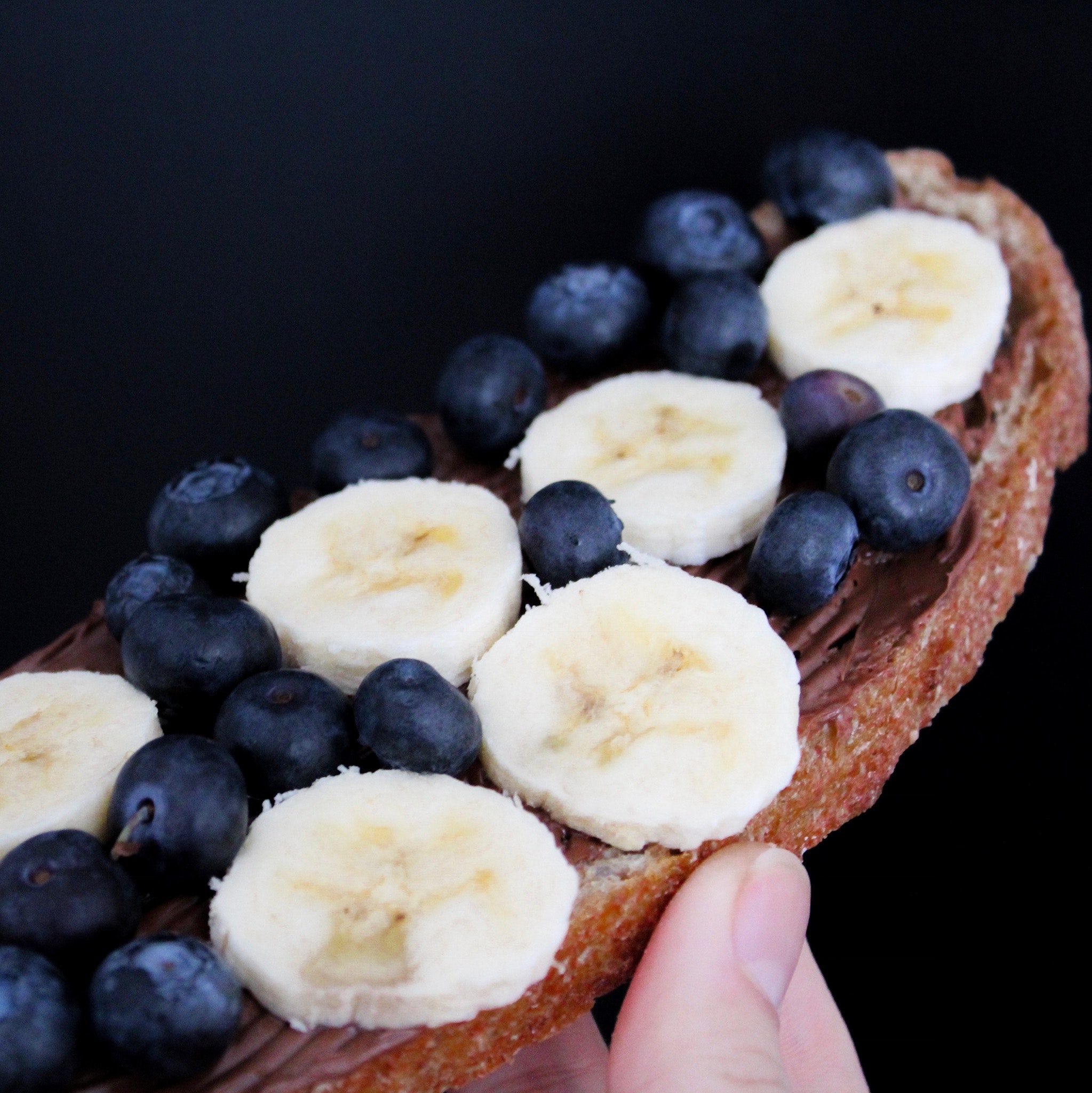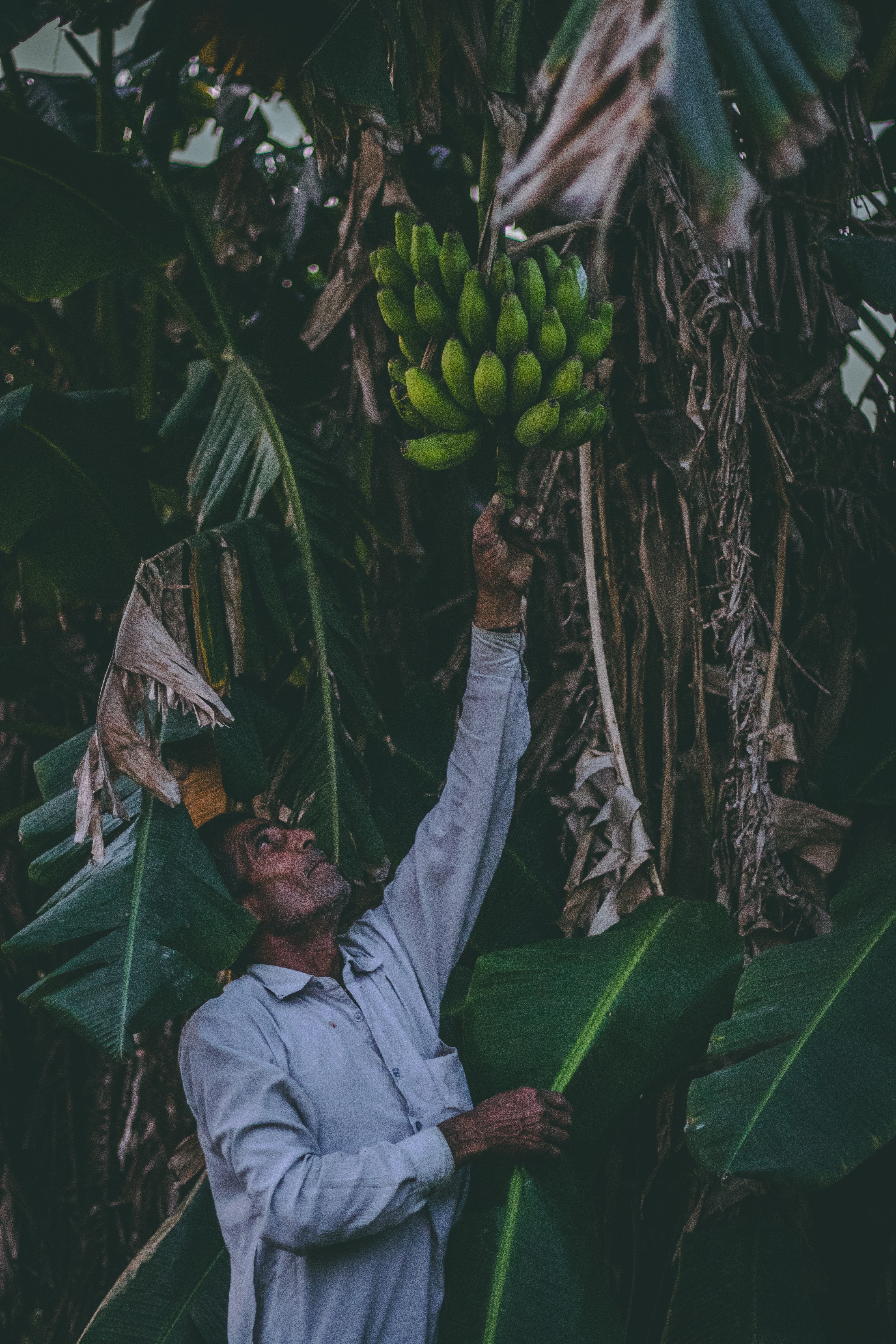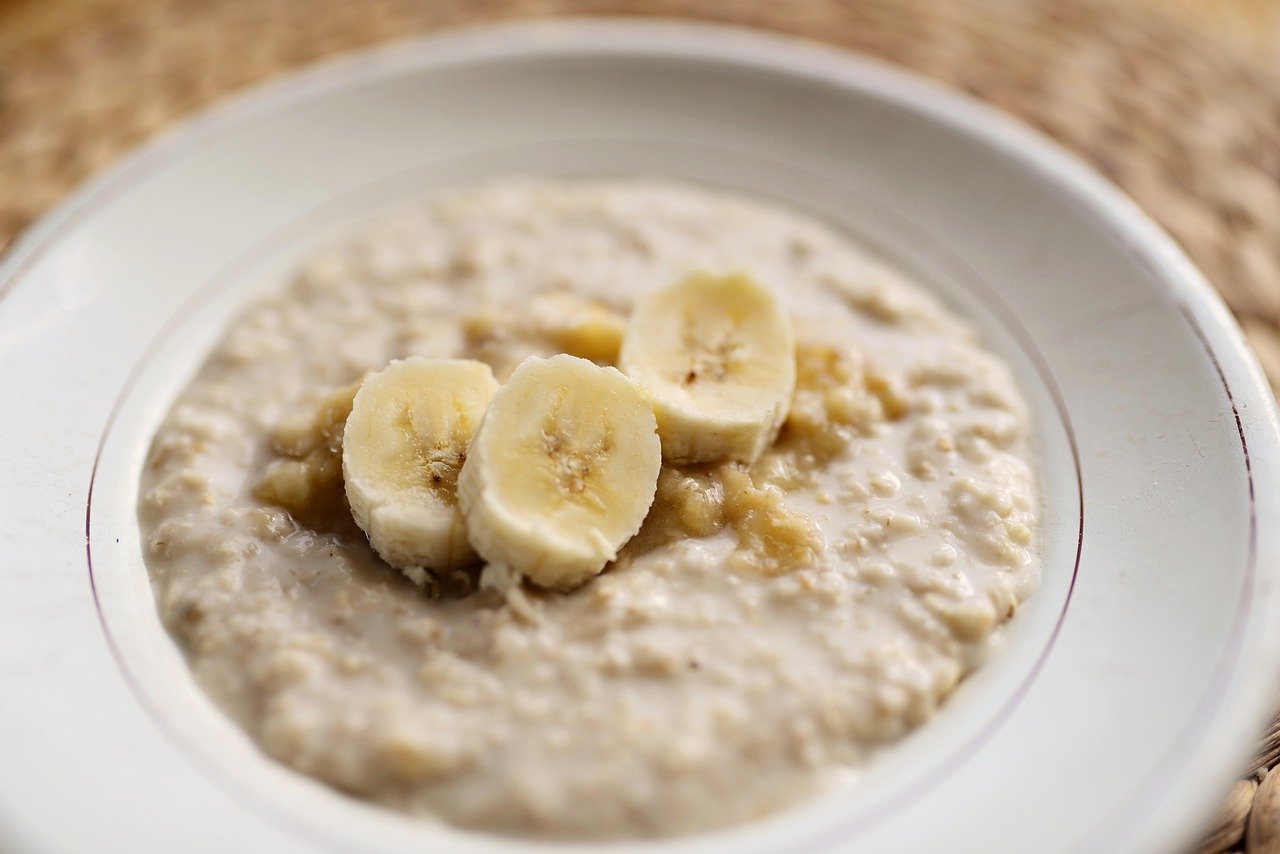Due to their delightful flavor, bananas have captured the hearts of people all over the world and are highly flexible. By acting as a handy on-the-go snack, blending effortlessly into energizing smoothies, and even contributing their natural sweetness to a range of dishes, these fruits have cemented their position in our hearts. Beyond its mouthwatering flavor, health-conscious consumers frequently think about the nutritional benefits of bananas, especially their calorie level. We'll investigate the secrets surrounding bananas in this post, illuminating their caloric content, nutritional advantages, and role in a healthy diet.
Decoding Caloric Value

The carbohydrate content of the common banana contributes to its reputation as a quick source of energy. A medium-sized banana that weighs about 120 grams typically has about 105 calories in it. It's important to keep in mind, though, that this quantity may vary significantly depending on the size and freshness of the banana. The number of calories may vary if your banana is larger or smaller than average.
Exploring Macronutrients

Although calories are a key indicator of a food's nutrition, understanding the macronutrient profile of bananas helps us understand their health benefits. Bananas are primarily composed of carbs, with very little fat and protein. Typically, a medium-sized banana has roughly 27 grams of carbohydrates, giving you a quick energy boost. These sugars, like glucose, fructose, and sucrose, are present naturally in the fruit and add to its inherent sweetness.
Fiber: The Digestive Champion

A notable supply of dietary fiber, which is important for a diet that is balanced, is found in bananas. Usually, a medium-sized banana contains 3 grams of fiber. Bananas are a great option for those trying to lose weight since fiber has effects beyond digestion, including regulating blood sugar levels and promoting a feeling of fullness.
A Bounty of Vitamins and Minerals

In addition to having a lot of calories and macronutrients, bananas are a powerhouse of vitamins and minerals. They contain a lot of vitamin C, an effective antioxidant that is supposed to strengthen the immune system. Additionally, bananas stand out as a reliable supply of vitamin B6, which is necessary for the well-being and efficient operation of the brain. Additionally, these nutrient powerhouses include essential minerals, with potassium predominating. The significance of potassium in maintaining good heart and muscle function cannot be overstated.
The Role of Ripeness

Interestingly, the calorie content of a banana can be influenced by its ripeness. As bananas ripen, their starch content transforms into natural sugars, resulting in a sweeter taste and a slightly higher calorie count. While fully ripe bananas may pack a few extra calories compared to less ripe ones, they're also kinder to digestion due to the increased presence of easily digestible sugars.
Other Nutritional Perks

In addition to the familiar vitamins and minerals, bananas harbor traces of various other nutrients. Consider the minerals magnesium and manganese as well as the vitamins A, E, and K. Despite the fact that these quantities may not be as significant as those in other fruits and vegetables, they undoubtedly add to the overall nutritional worth of bananas.
Making Bananas a Part of Your Diet

Incorporating bananas into your daily diet can be both a delightful and health-enhancing choice. Here are some creative ideas for enjoying bananas in various ways:
1. Snacking: Savor a medium-sized banana as a quick and satisfying snack, replenishing your energy levels and taming those hunger pangs.
2. Smoothies: Blend the creamy texture and natural sweetness of bananas into your smoothies. Pair them with other fruits, leafy greens, and a protein source for a balanced meal in a glass.
3. Oatmeal: Elevate your morning oatmeal by garnishing it with banana slices, introducing natural sweetness and an added nutritional punch.
4. Baking: Rescue overripe bananas from the brink by incorporating them into baked goods like muffins, bread, and pancakes. They not only infuse sweetness but also cut down on the need for excessive sugar.
5. Frozen Delights: Freeze banana slices for a delightful and health-conscious frozen treat. Blending frozen bananas results in a delectable dairy-free alternative to conventional ice cream.
Bananas: A Sustainable Choice

A sustainable food choice, bananas also provide a variety of health benefits. They require relatively little water and resources compared to other fruits. The banana plant also promotes biodiversity in particular areas by providing shade and a home for a variety of animals.
Bananas are far more versatile than just a snack. They appear to be nutrient powerhouses that offer a variety of health benefits, including increasing your daily intake of important vitamins and minerals and improving digestion. A medium banana only has 105 calories, but due to its overall nutritional content, it nevertheless adds nourishment to a diet that comprises a range of foods. The next time you go for a banana, savor its flavor and nutritional advantages since doing so is good for the environment and your health.